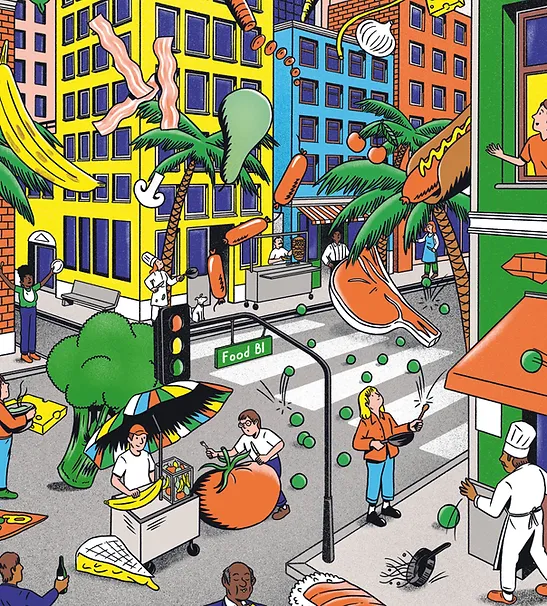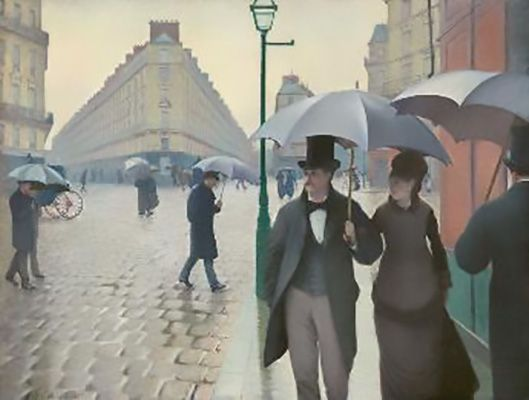Early Modern Blog
WWI Early Modern Art
Christopher Richard Wynne Nevinson, La Mitrailleuse, 1915: Nevinson was an artist from Britain. He was well known for his paintings about WWI. This painting shows three soldiers manning a machine gun it what seems to be a trench of a battlefield. I really like the dark colors mixed with almost abstract shapes. The use of lines is very appealing in this work. It is almost as the soldiers are machines themselves as the shapes they are resemble the same sharp lines as the turret.
Charles Pears, Transport by the Sea: Supplying the Navy, 1917: Pears was a British artist who interestingly enough competed in the Olympics for art in 1928 and 1932. This illustration is very appealing to me. The detail of the drawing in the sea shows the movement of the ships. There is no color really in the drawing and that doesn't bother me. It is raw and gives the drawing a hectic tone through the use of the lines and shading. I am really impressed by the way the clouds are depicted in this work.
George Matthews Harding, Americans Wounded, 1918: Harding was one of many artists commissioned by the U.S. Army to go to Europe and make art of the war. He has many works depicting this tough war but this one stuck out to me. The decimated building and the hurt soldiers paint this feeling that no one is a winner. The colors and shading give this work a dark feeling. Lines are a huge part of this work and add to the dark detail. The soldiers in the painting look defeated yet they still must continue on. This one really brought many more emotions out of me than the others.
Influence of WWI
WWI was an event that shocked the entire world and affect almost everyone. There is no exceptions for artists. During the time of WWI many country's were sent into turmoil. Millions lost their lives in the combat and the world as we knew it was forever changed. Art in this period reflected all the combat and turmoil. In fact, some countries commissioned artists to make art on the events happening. "Because there were a large number of artists who experienced combat firsthand, either as soldiers, medics, or war artists documenting life at the front (with many suffering severe injuries or death), several figures produced work either at the front or based on their experiences engaging in or witnessing combat." (Farrell). The works listed above show some of these first hand accounts, specifically Harding's work. As I stated he was an artist commissioned by the U.S. to make art from first hand accounts of the war. The other two works also come from accounts and first hand experience of the war. The second work by Pears is a drawing of ships supplying the British navy and seems to be a first hand account of the scene. Nevinson's story is a little more intricate. He was an ambulance driver for the British army in WWI. His experiences really made an impact on his art. "He used these experiences as the subject matter for a series of powerful paintings which used the machine aesthetic of Futurism and the influence of Cubism to great effect." ("Christopher R. W. Nevinson"). Cubism and futurism are clearly apparent in the work above. It really takes the humanity out of the soldiers in the work which I believe he does intentionally. He sees the soldiers as machines in war instead of people. It adds to the darkness of the artwork in this period.
References:
Farrell, Jennifer. “Art as Influence and Response: A First Look at World War I and the Visual Arts.” Metmuseum.org, 16 Oct. 2017, www.metmuseum.org/blogs/now-at-the-met/2017/world-war-i-and-the-visual-arts-introduction.
“Christopher R. W. Nevinson.” Wikipedia, 16 Apr. 2021, en.wikipedia.org/wiki/Christopher_R._W._Nevinson.






Comments
Post a Comment